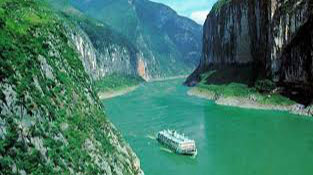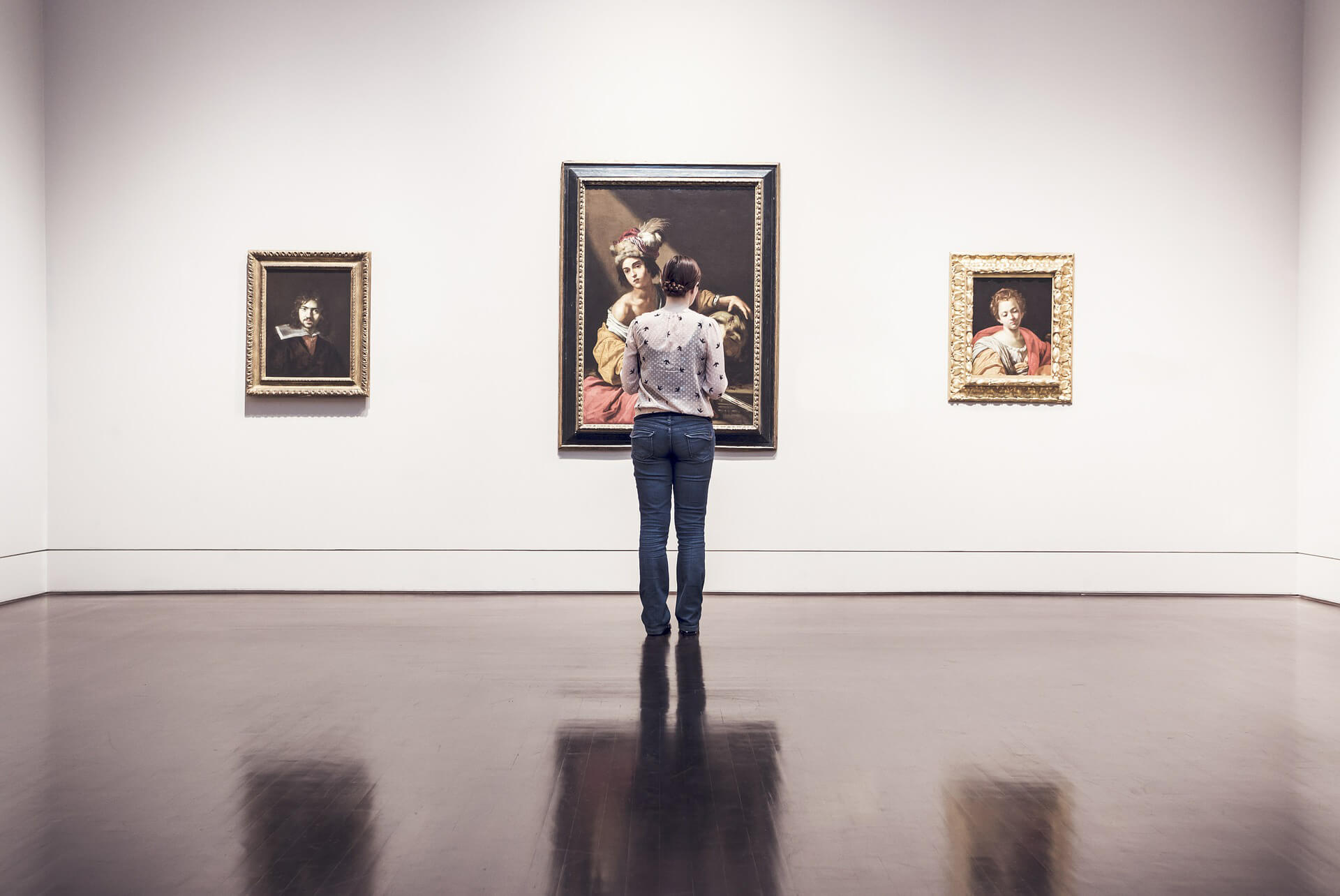Tang poetry and Song lyrics are two shining gems of Chinese classical literature.
Tang poetry is mainly composed of five words per sentence with four or eight sentences, or seven words per sentence with four or eight sentences. The sentences end with harmonious rhythm. The poems can depict the scenery and end with the aspiration of the author or state of mind. For example, Du Fu’s <<Spring View,春望>> is gloomy and sad, and Wang Zhihuan’s <<Climbing the Stork Tower,登鹳雀楼>> has a broad artistic aspiration.
Song lyrics also have strict format or forms (also called cipai词牌). Each cipai has a different number of words, breaking into long and short sentences, grouping into two parts, with flexible rhythm and delicate emotions. For example, Su Shi’s <<Jiangchengzi,江城子·密州出猎>> is passionate and generous, and Li Qingzhao’s <<Ru Mengling,如梦令·常记溪亭日暮>> is graceful and moving. Both pay attention to the matching tone of the words. Both pay attention to the creation of the imagery, and the expression of the author’s emotions and thoughts. They are both classics in the history of Chinese literature and still being sung today.
In this story, we pick poems and lyrics that can be related to a location. Please be aware that we may have missed some of the best poems or lyrics that are not related to a place. We regret the omission.




